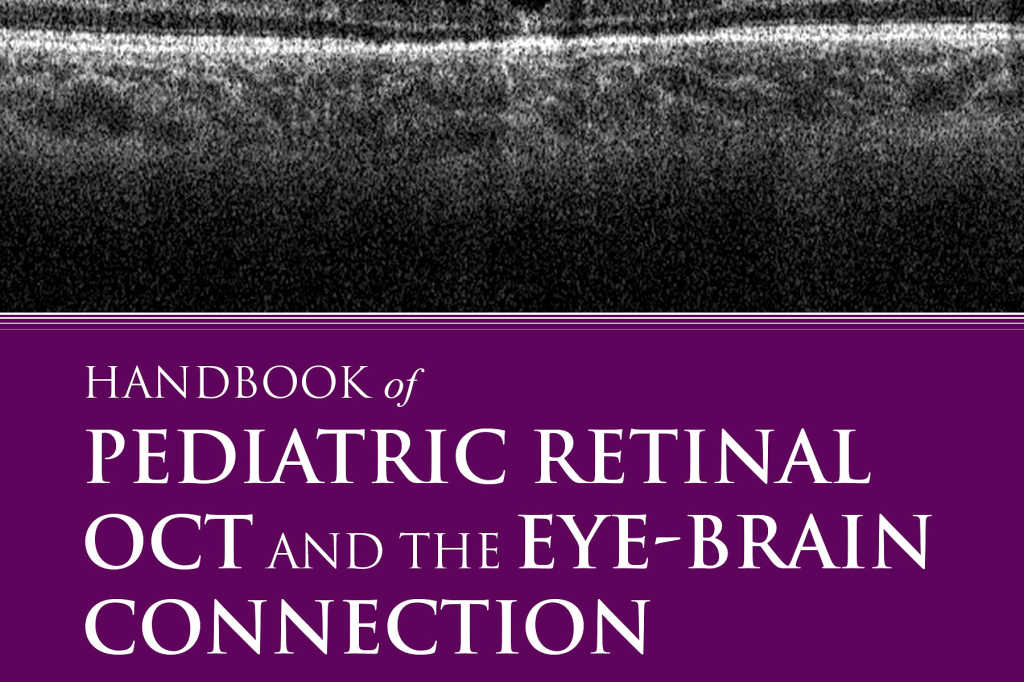Book review - Handbook of Pediatric Retinal OCT
While a new textbook wasn’t exactly the holiday reading I had in mind heading into the festive season, I was excited to receive this book to review as there are no other similar texts available on this niche subject. It was of interest to me as someone with more than a passing interest in paediatric retinal problems.
Lead editor Cynthia Toth is a recognised world expert in OCT imaging and has assembled dozens of contributors’ work into this reference text. It’s a nicely produced small format book and, at 349 pages, it can easily slip into one’s bag.
The text details many paediatric retinal conditions and their respective imaging findings. It is very clinically focused, with many of the 70 chapters, each usually only a few pages long, are dedicated to a particular condition. There are also several introductory chapters dedicated to understanding OCT imaging and how to interpret it.
Each chapter is succinct and well organised in a standardised manner throughout the text. The images provided are reproduced in very high quality and attention is given to referencing peer-reviewed literature. There is an index and, usefully, an eBook version is included with the purchase. The level of clinical detail is intentionally light, but if one considers this to be primarily an atlas of OCT Imaging, then there will be no disappointment.
Whilst the title of this book infers retinal OCT is the subject, there is also good coverage of paediatric optic disc imaging. I would have liked to see more detailed coverage of OCT’s utility in distinguishing pseudo-papilloedema from true papilloedema. I felt the coverage of this topic was too light for what is a very common clinical conundrum.
The skill and tools required for optimal OCT imaging in very young children and infants, detailed in this book, will only be accessible to a handful of institutions. Although adult OCT devices are widespread throughout eyecare centres, specialised techniques and instrumentation must sometimes be used in very young children and infants who don’t have the means to co-operate with standard devices. It’s lovely to have a comprehensive text with many high-quality images to demonstrate these conditions in children.
OCT technology has led to great improvements in understanding of paediatric retinal maturation and disease and this text aggregates some of the literature very nicely. There are no similar publications that cover this specialised topic. It serves as a nice visual reference for many conditions, but perhaps lacks sufficient detail to be a comprehensive guide for paediatric retinal experts. On the other hand, this book is probably a little too specialised to find its way onto the bookshelf of optometrists or general ophthalmologists.
I will be donating my copy to the library at the Greenlane Clinical Centre Eye Clinic in case someone needs to peruse it.



























